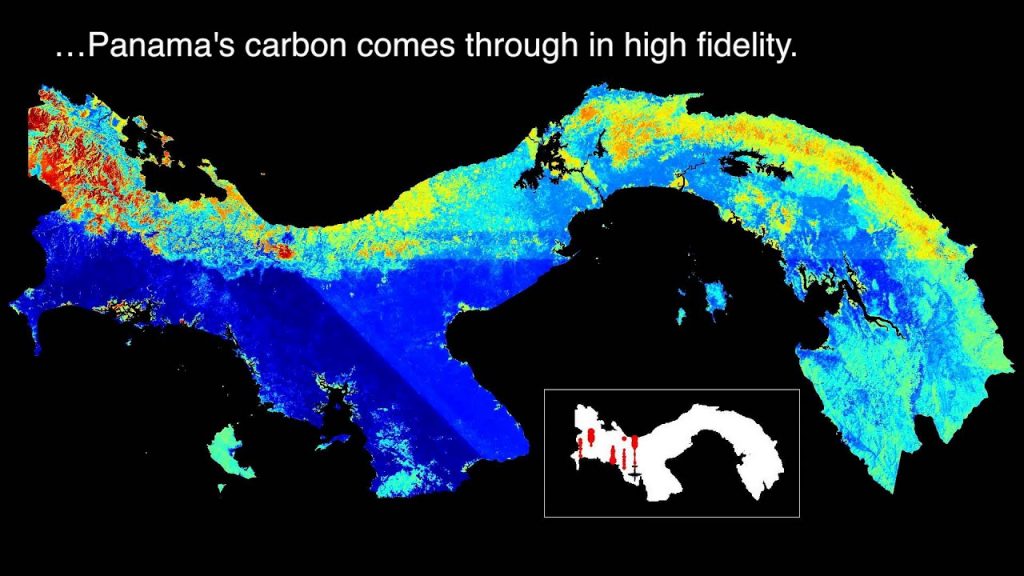By Akanimo Sampson
To mitigate her own carbon footprint, the Panama Canal Authority, the agency of the Government of Panama that is responsible for the operation and management of the Panama Canal is implementing a series of innovative measures for conserving water and fostering sustainable energy.
One example includes the introduction of 18 innovative water-saving basins that recycle 60 percent of the water used per lockage at the Expanded Canal, thus saving seven percent more water than in the Panamax locks.
Another involves the installation of 88 state-of-the art floating solar panels with photovoltaic cells as part of a pioneering pilot programme.
All these are coming ahead of January 1, 2020 date the global maritime community will adopt new ambitious emission standards set by the International Maritime Organisation (IMO). The move is aimed at reducing the industry’s carbon footprint, the transition from the current 3.5 per cent sulphur cap on fuel content to 0.5 per cent has begun to spur significant changes that disrupt “business as usual.”
To ease into and take advantage of the new guidelines, the Panama Canal has already undertaken a series of initiatives to position the waterway’s competitive advantage in a post-IMO2020 business environment.
From providing new incentives for reduced emissions to forging new international partnerships, the Canal is well-positioned to capitalise on market demand for efficient and shorter routes as a result of the new regulations. The waterway’s innovative efforts on the sustainability and environmental fronts include the following:
The Canal’s all-water route requires fewer cargo movements compared to freight transportation via air, truck or rail, lowering the total carbon dioxide (CO2) emissions per ton per nautical mile. Given the shorter traveling distance and larger TEU capacity it offers, the Canal reduces fuel consumption and therefore emissions, having a positive impact on the reduction of global greenhouse gases (GHG) compared to other routes.
Since 1914, the waterway has helped reduce 750 million tons of CO2 emissions. The Panama Canal has also enforced the low emissions maneuvering fuels regulations during the transits, which has increased the air quality and led to additional reductions in water and air pollution.
By granting a Green Connection Award to vessels that comply with the highest environmental performance standards, the Canal encourages customers to implement carbon-reduction practices. The programme will grow further in September 2019 through the following updates:
-
Expanding the Environmental Premium Ranking by factoring in the use of low-carbon fuels and environmentally conscious transit operations. Customers that perform well against high environmental efficiency standards will be awarded the opportunity to improve their position within the Panama Canal’s Customer Ranking System.
-
Improving the accuracy of the Emissions Calculator by adding georeferenced data when tracking carbon emissions of vessels transiting through the Canal. This will allow the Canal and its customers to track carbon emissions more precisely, further incentivizing environmental stewardship and reducing GHG.
Last May, the Canal announced the second phase of its PIEA programme, which has engaged local communities in the watershed region through reforestation, environmental education and economic incentive initiatives. In the next five years, the Canal aims to secure more than 4,000 reforested hectares through the program by supporting farmers with sustainable production models.
In 2014, the Panama Canal introduced four traffic separation schemes (TSS) to regulate the commercial ships that enter and exit the Panama Canal and the country’s ports. The new routes are designed to minimize shipping lanes from overlapping with humpback whale migration routes.
From August 1 to November 30. this year, each vessel should reduce to 10-knot maximum speed in certain parts of the Canal in order to protect whales. Seeking to enhance its efforts, the Canal will assess the impact of the Panama TSS created to organise marine traffic to specific areas to keep whales from colliding with vessels.
The Panama Canal continues to consolidate its role as a leader in sustainable shipping around the world. Earlier this year, it joined the Global Industry Alliance (GIA), the IMO’s public-private partnership focused on supporting energy efficiency and across all the maritime transport system. Just this week, the Panama Canal and UN Environment also signed a cooperation agreement to join forces on promoting sustainable development and combating climate change.

